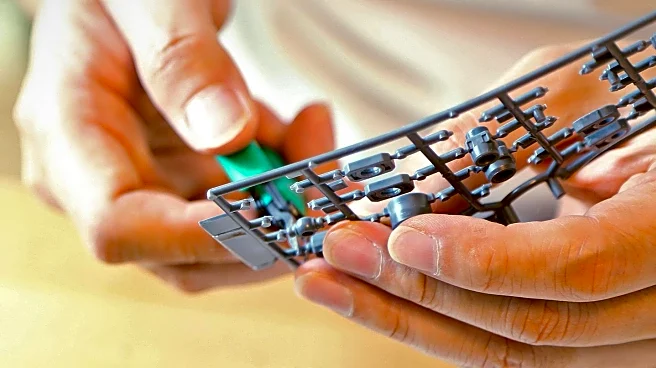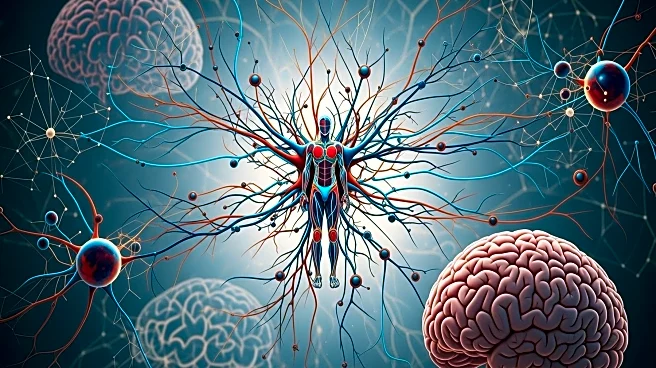What's Happening?
Researchers at the University of Minnesota Twin Cities have made a significant breakthrough in spinal cord injury recovery using 3D-printed scaffolding. The team has developed a process that combines 3D printing, stem cell biology, and lab-grown tissues to create a framework for spinal cord repair. This framework, known as an organoid scaffold, contains microscopic channels populated with spinal neural progenitor cells derived from human adult stem cells. These cells have the ability to divide and differentiate into mature nerve cells. The scaffolds were transplanted into rats with severed spinal cords, where the cells successfully differentiated into neurons and extended nerve fibers to form new connections with the host's existing nerve circuits. This led to significant functional recovery in the rats, offering hope for future spinal cord injury treatments.
Why It's Important?
This development is crucial as it addresses the longstanding challenge of reversing spinal cord damage and paralysis, which currently has no complete solution. The ability to regrow nerve fibers across injury sites could revolutionize treatment for spinal cord injuries, potentially improving the quality of life for millions affected by such conditions. The research, funded by the NIH and other organizations, represents a promising step forward in regenerative medicine, which could lead to clinical applications and new therapies for spinal cord injuries. The success of this study in rats suggests potential for human applications, which could transform medical approaches to spinal cord injuries.
What's Next?
The research team plans to scale up production and further develop the combination of technologies used in this study. They aim to explore the clinical translation of their 'mini spinal cords' for human use, which could lead to new treatment options for spinal cord injuries. Continued research and development are expected to focus on refining the technology and ensuring its safety and efficacy in human trials. The potential for this technology to be applied in clinical settings could lead to significant advancements in the treatment of spinal cord injuries.











